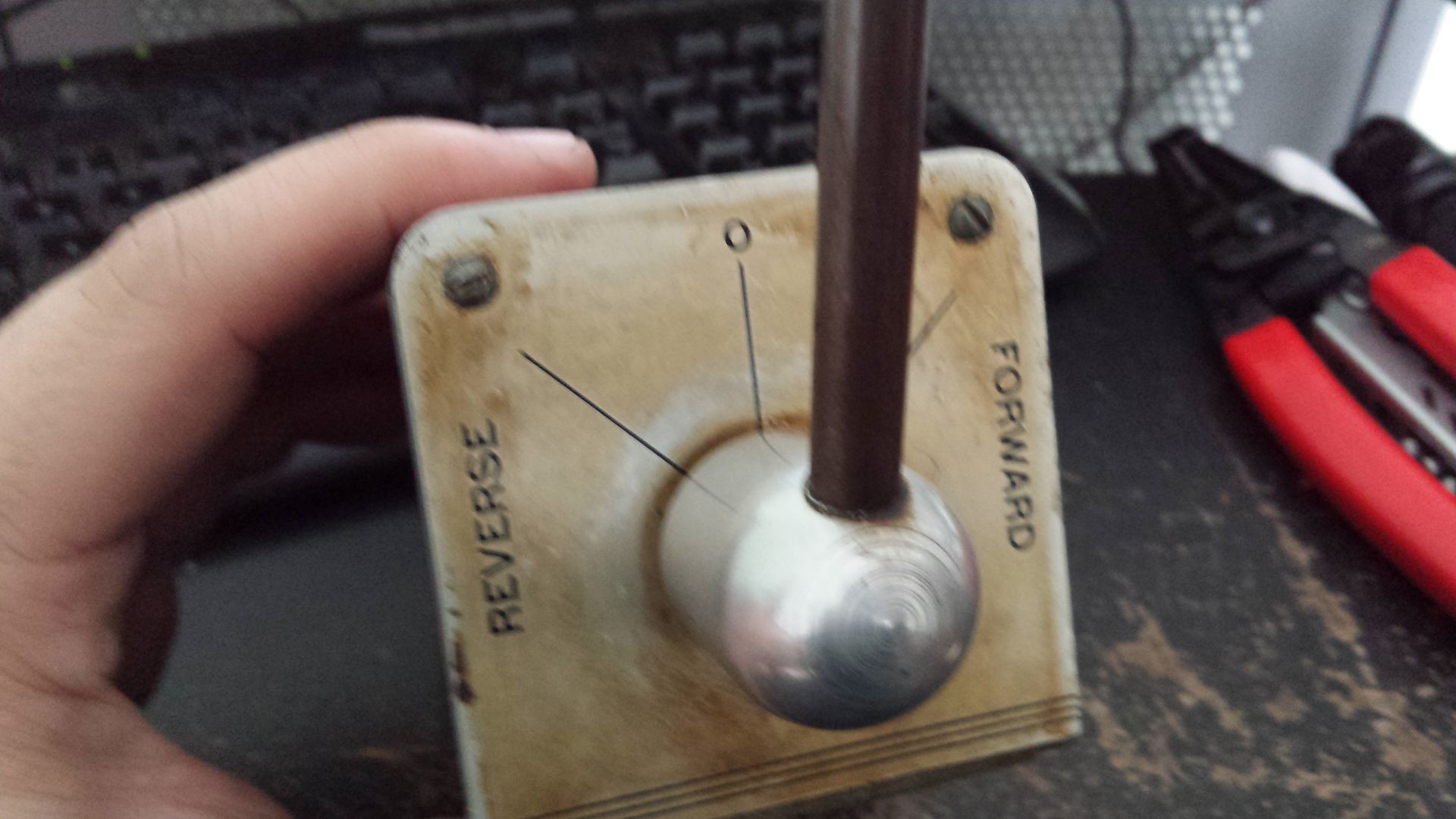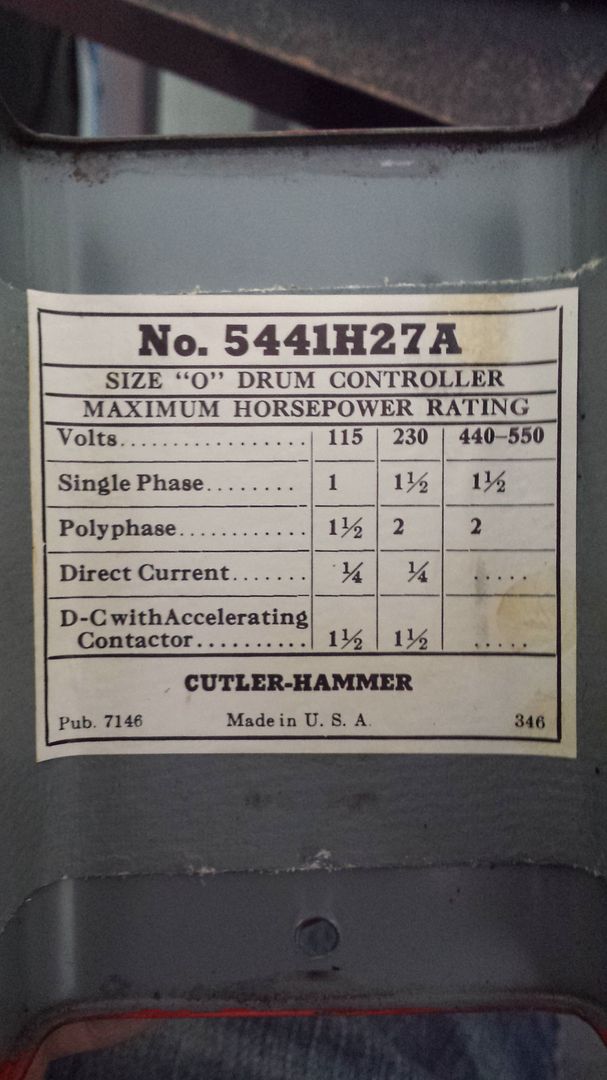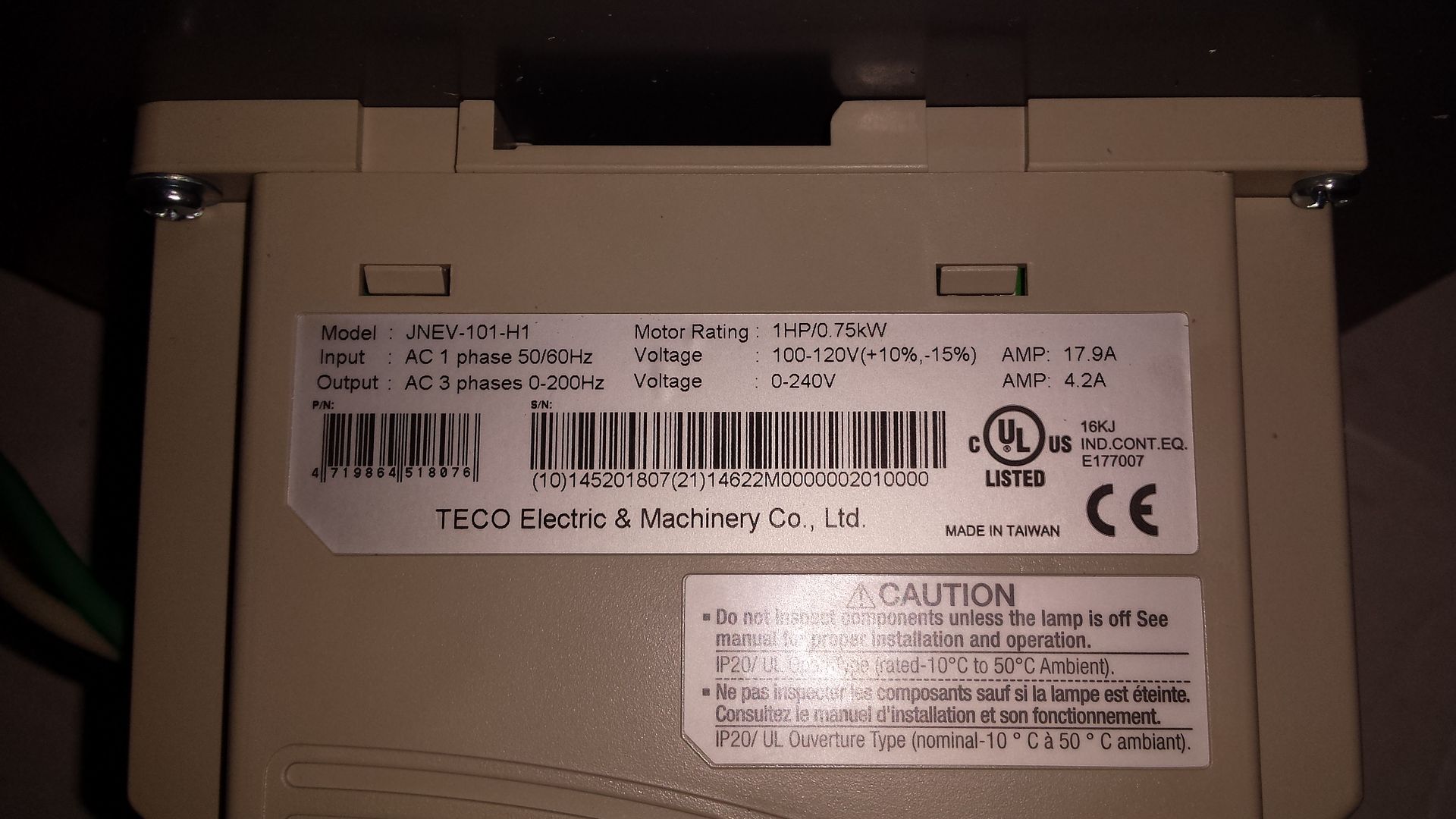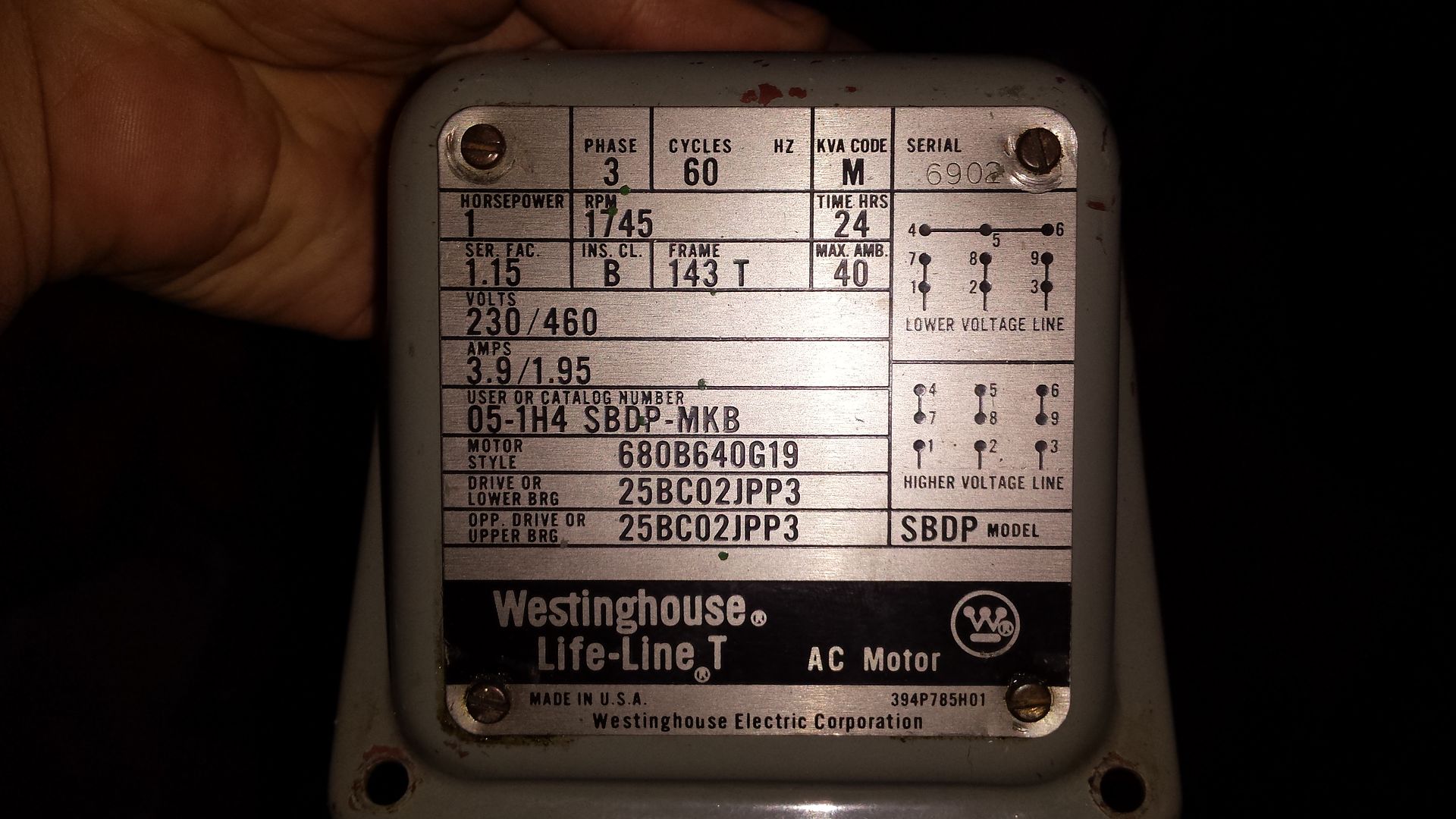Stronghold
Aluminum
- Joined
- Jan 5, 2015
- Location
- Jefferson City, MO
Hello again, gents. Now that I've got my lathe back up and running again it's time to move forward with the "to do" list. I have the original drum switch that is completely stripped of all wires except for the ones soldered to it. I want to use this to run my VFD and have zero clue where to start. I do know that I'm not supposed to put anything between the VFD and motor, and that in order to use the switch it will have to be hooked up to the VFD directly. As stated in another thread, I'm a complete noobie when it comes to electrical work. Does anyone have this same model and could show me their wiring setup when hooked to a VFD?
Thanks.



Thanks.








